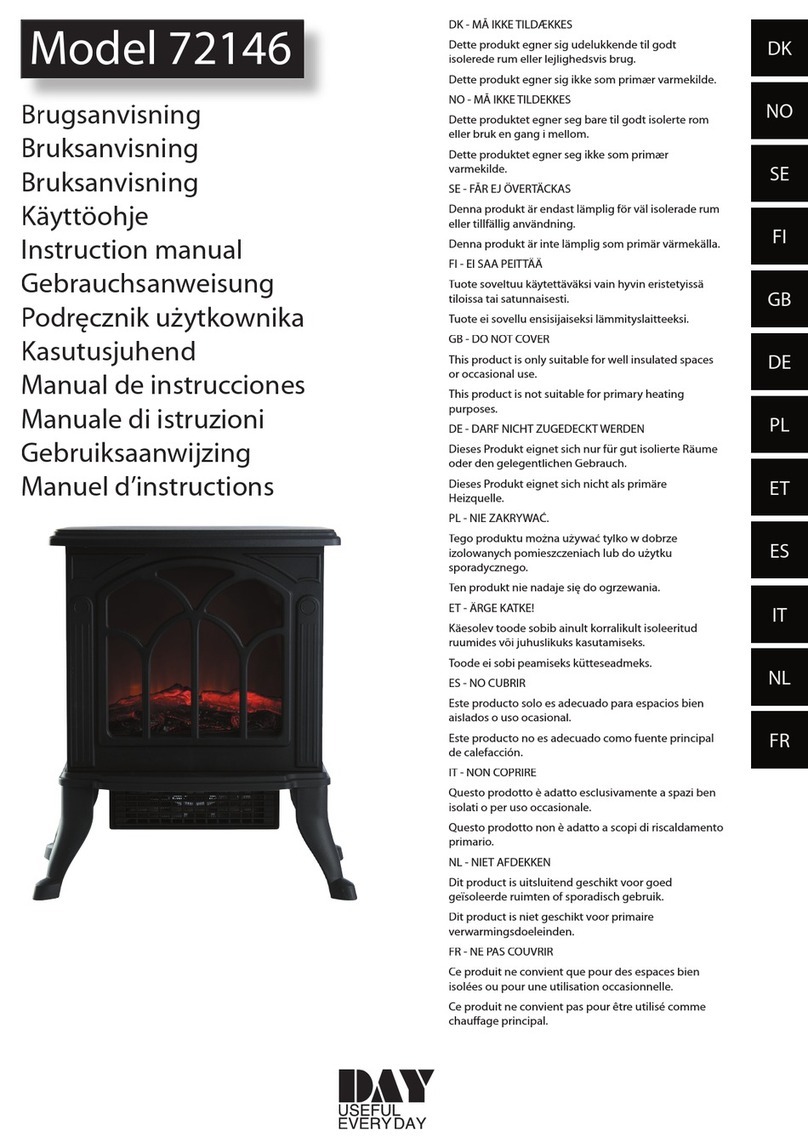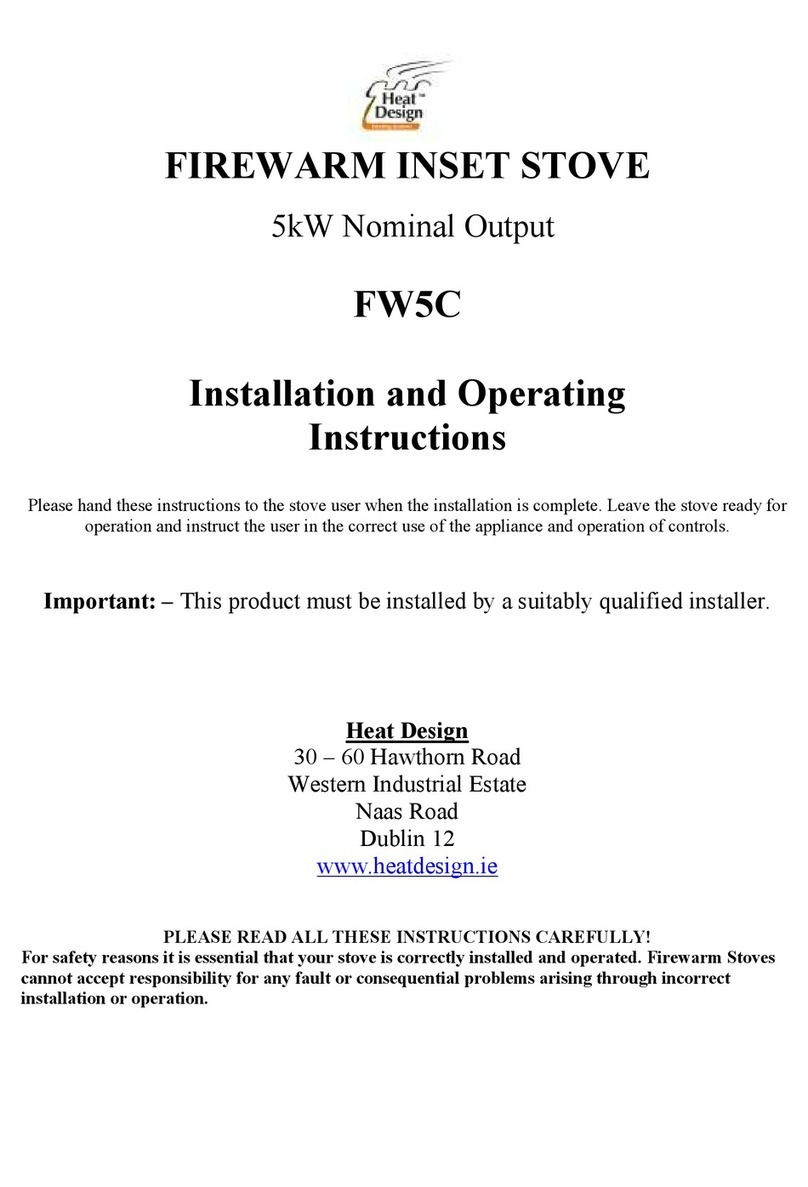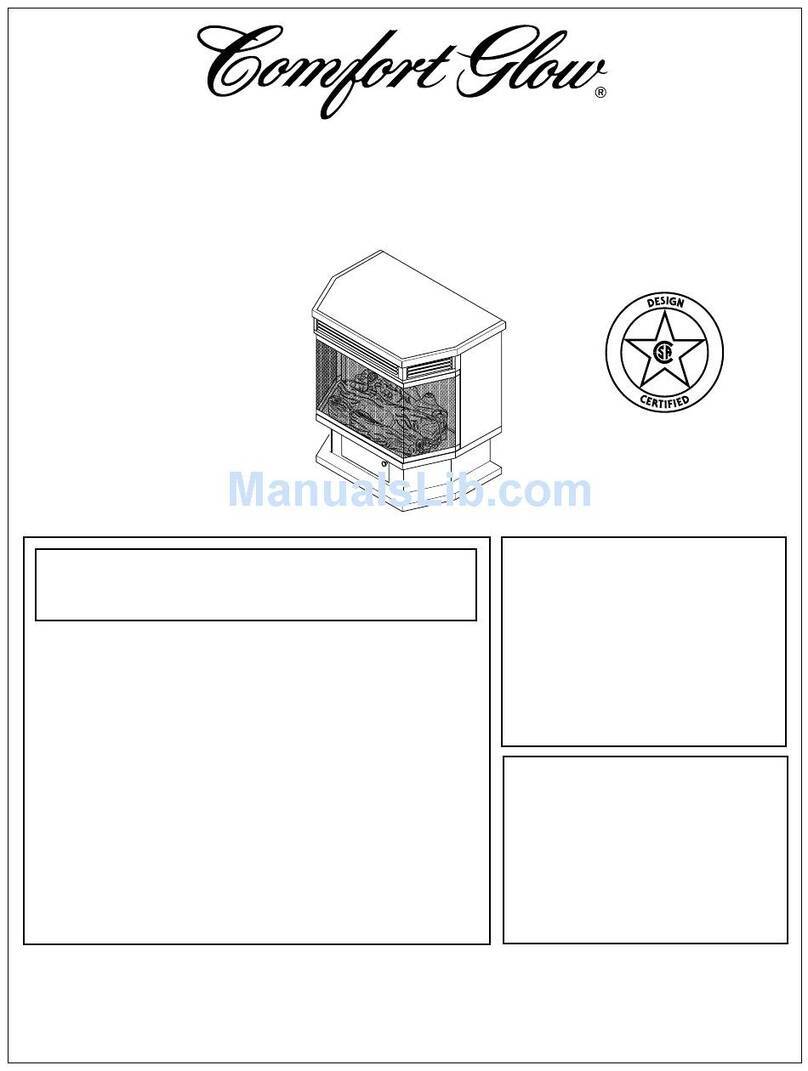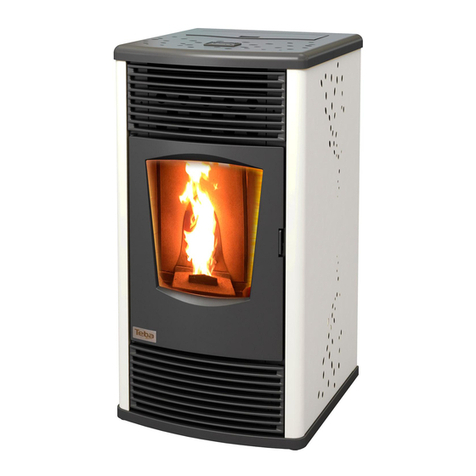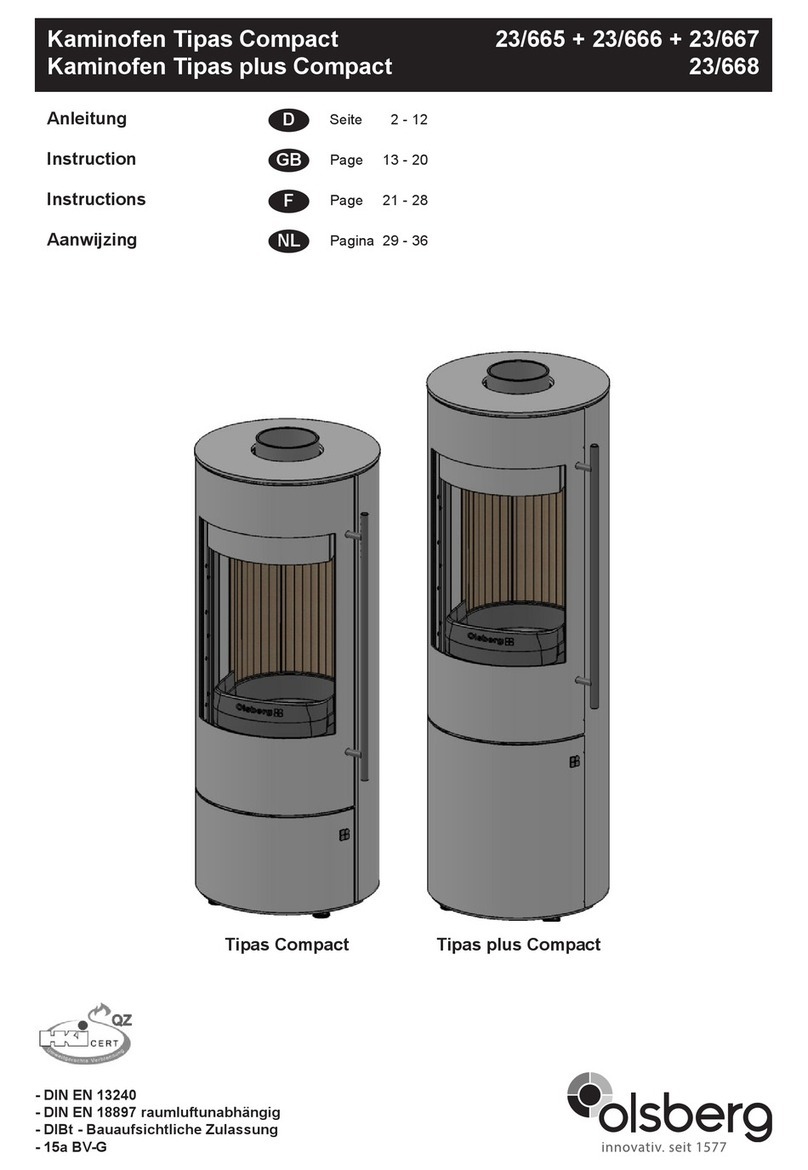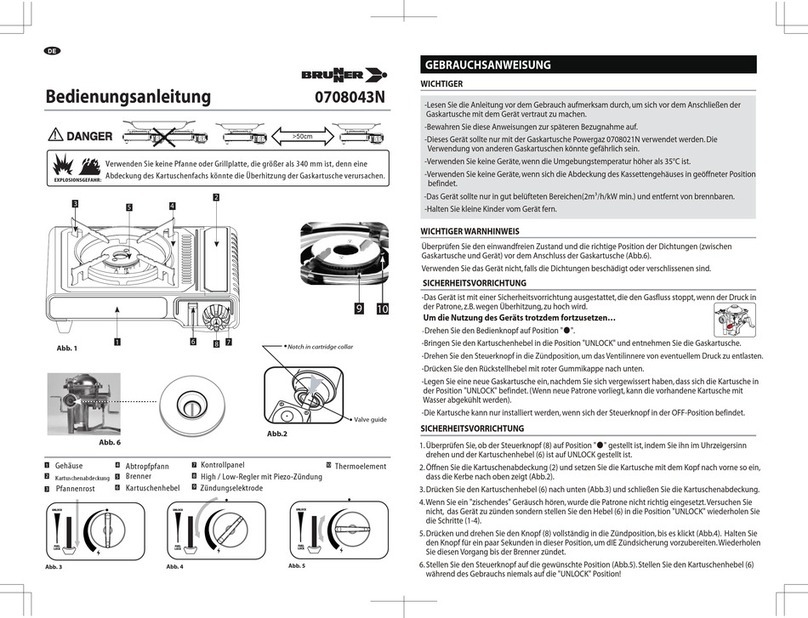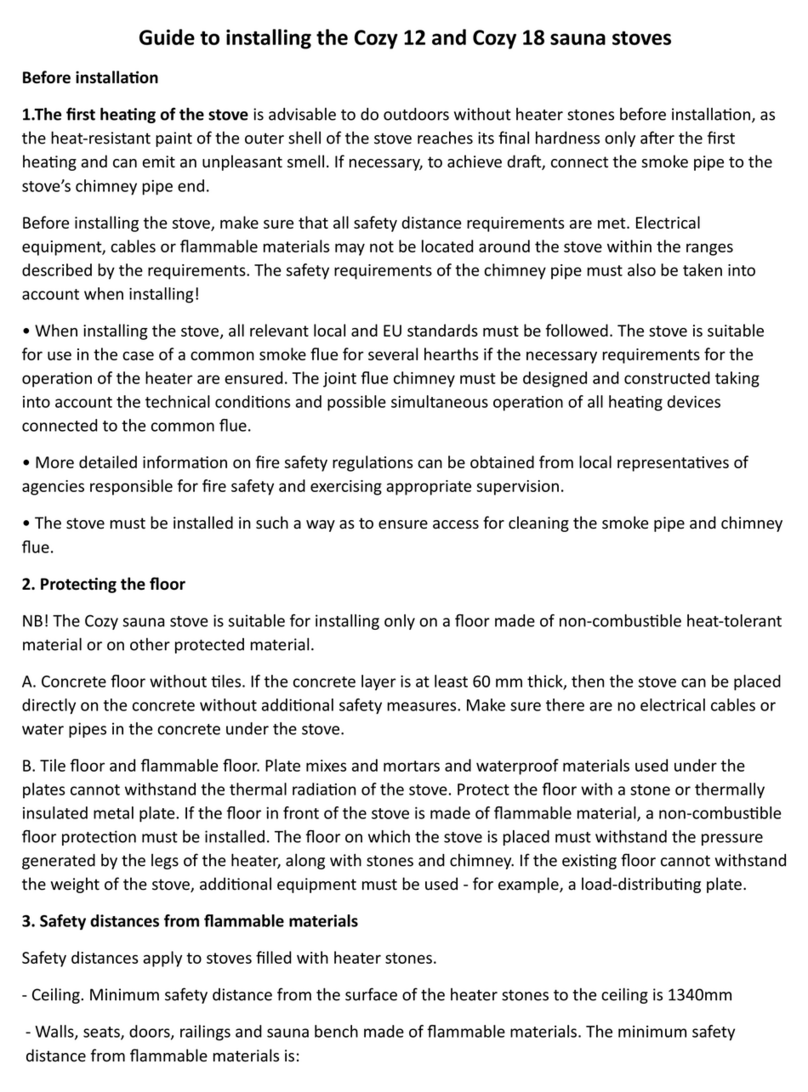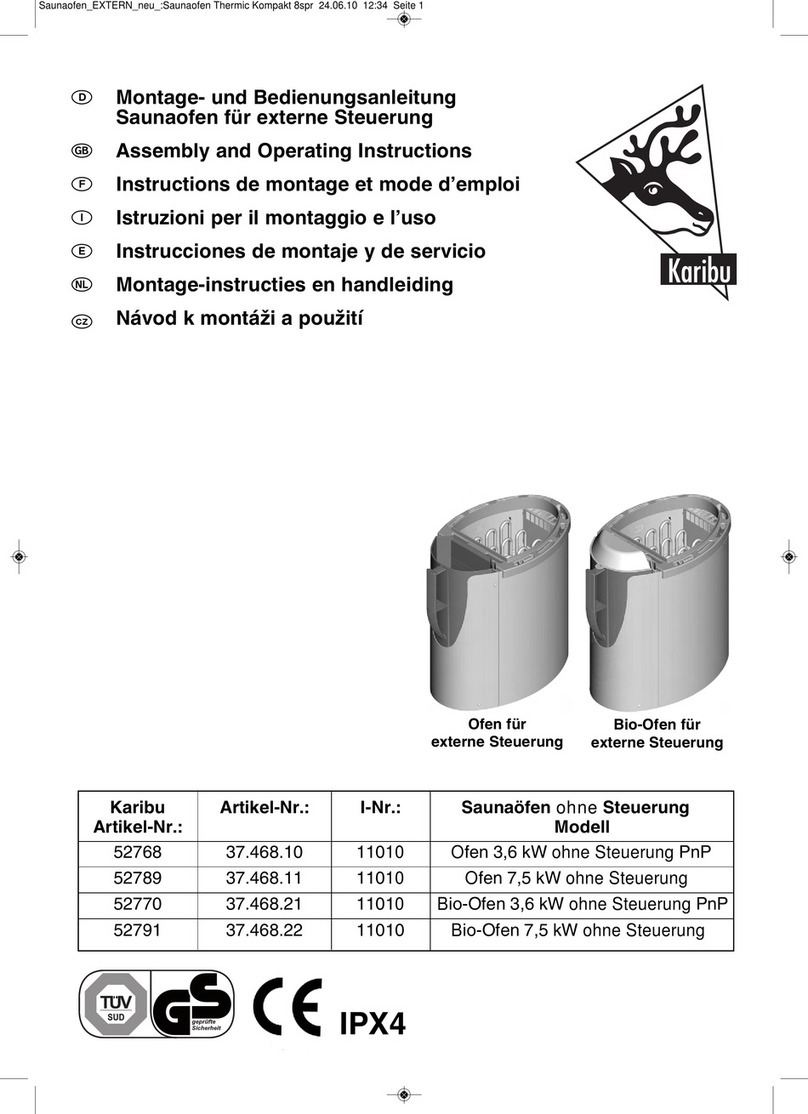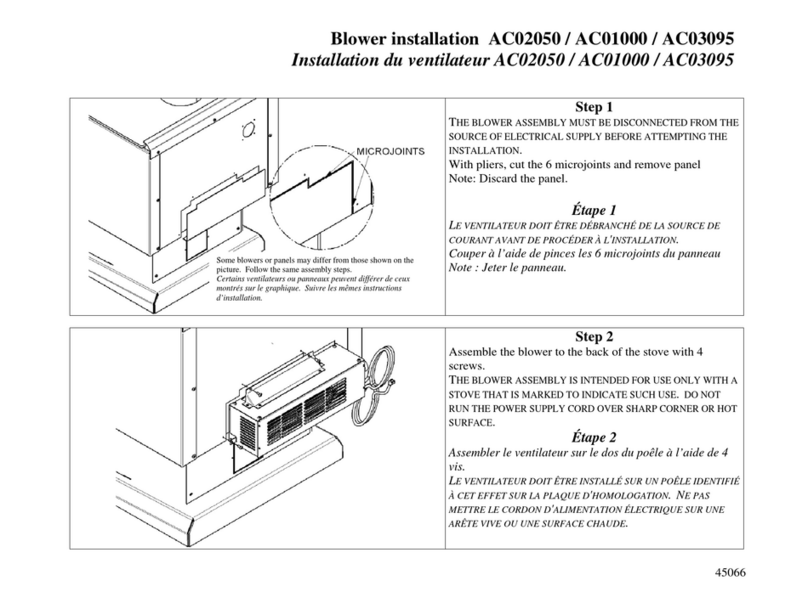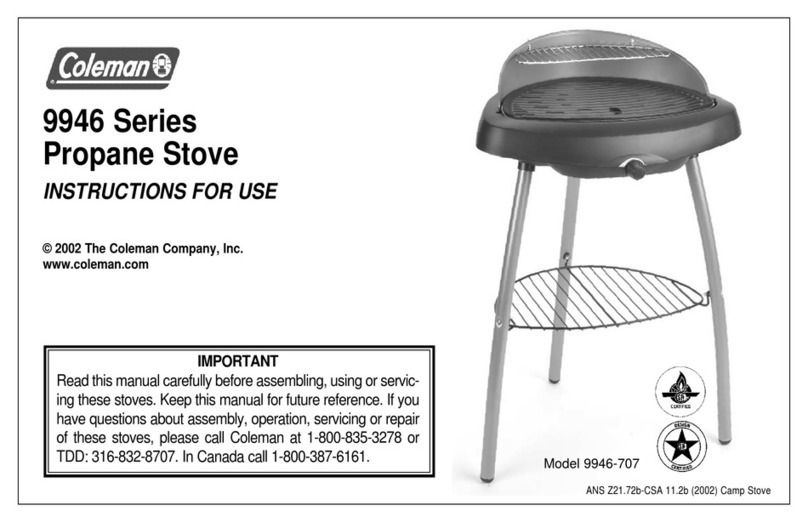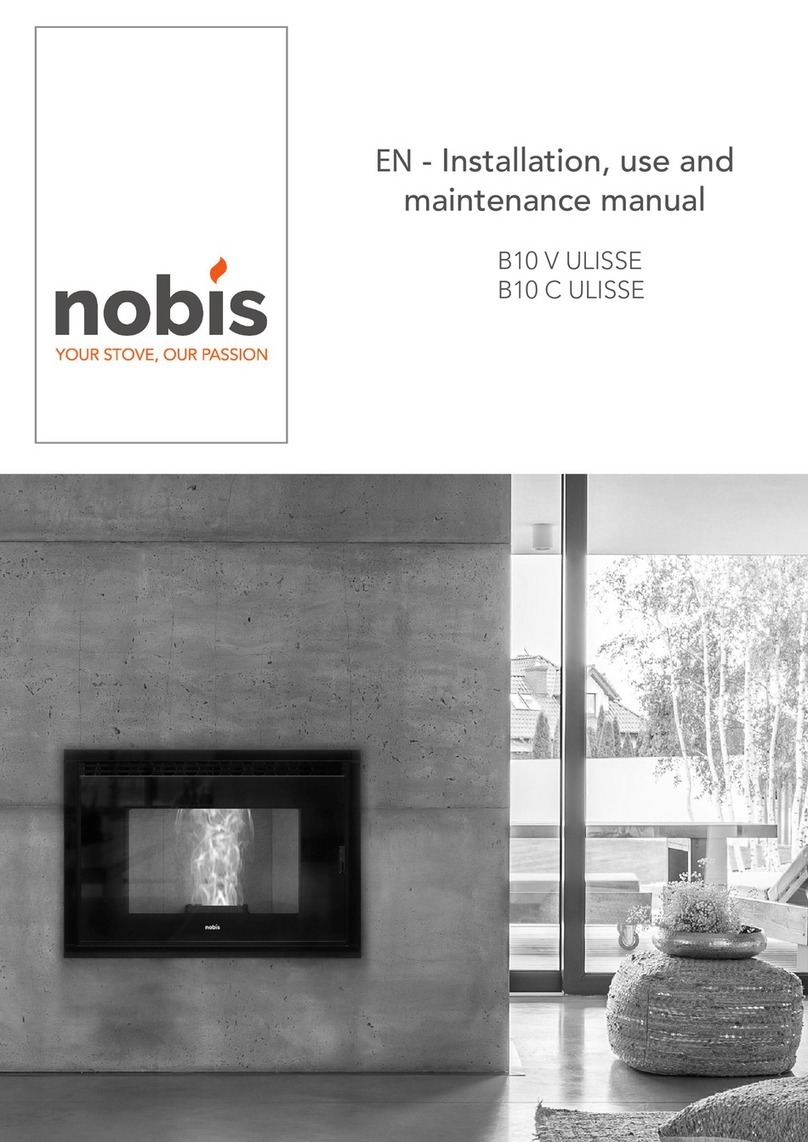Version Number: 2023 Issue no.3 Farrow User Guide
Date: 27/06/2023
Page 5of 19
1.1.8. Periods of Prolonged Non-Use
If the stove is to be left unused for a prolonged period of time, then it should be given a thorough
clean to remove ash and unburned fuel residues. To enable a good flow of air through the appliance
to reduce condensation and subsequent damage, leave the air controls fully open.
2. Installation
2.1. Chimney
The chimney must be fitted in accordance with manufacturer’s instructions and the relevant part of the
Building Regulations. The chimney height and the position of the chimney terminal should conform to
Building Regulations and all local regulations, including those referring to national and European
standards. The chimney must be in good condition, any cracks and obstructions are not permitted. The
diameter of the flue should not be less than 125mm and not more than 200mm. If any of these
requirements are not met, the chimney should be lined by a suitable method.
The chimney must be swept and examined for soundness and suitability before the appliance is
installed. Remedial action should be taken if required, seeking expert advice if necessary. Where the
chimney is believed to have previously served an open fire installation it is recommended that the
chimney be swept a second time within a month of regular use after installation.
If you have any doubts about the suitability of your chimney, consult a local installer.
2.2. Flue Draught (Working range 12-25 Pascals)
On commissioning the Stove, a flue draught reading must be taken and documented on the
commissioning certificate this reading ensures the stove is operating within its designed parameters
and its optimum efficiency. Adding the flue draught reading to the commissioning report, this report
will be completed by the installer. A sample point has been included on this appliance and is located
on the top right-hand side of the stove. Care should be taken when proceeding with the test as all
stove parts will now be hot.
Remove the screw from the test point and insert the hose or test probe of the manometer or
draught gauge. Record the reading in pascals (Pa). The optimum reading should be in the range of
12-15Pa. A flue draught may exceed 15Pa but must not exceed 24Pa. Anything above 24Pa may
result in the over-firing of the stove. As a direct consequence of this the fuel consumption will be
excessive which may result in a chimney fire. Remove the hose or test probe and replace the screw
confirming the test point is sealed. If the flue draught is outside the specified range for the
appliance, remedial action is necessary to correct the problem and allow the chimney to operate at
the correct draught. This might typically include adding a draught stabilizer to reduce too high a
draught or lining and insulating an overly large chimney if the draught is too low.
The chimney must be swept before fitting a liner to the stove and it is a condition of the
warranty that it must be swept every twelve months thereafter, but not limited to depending on
use. If used regularly, it is recommended that your chimney is swept every six months.
2.2.2. WARNING NOTE
Properly installed, operated and maintained this stove will not emit fumes into the dwelling.




















